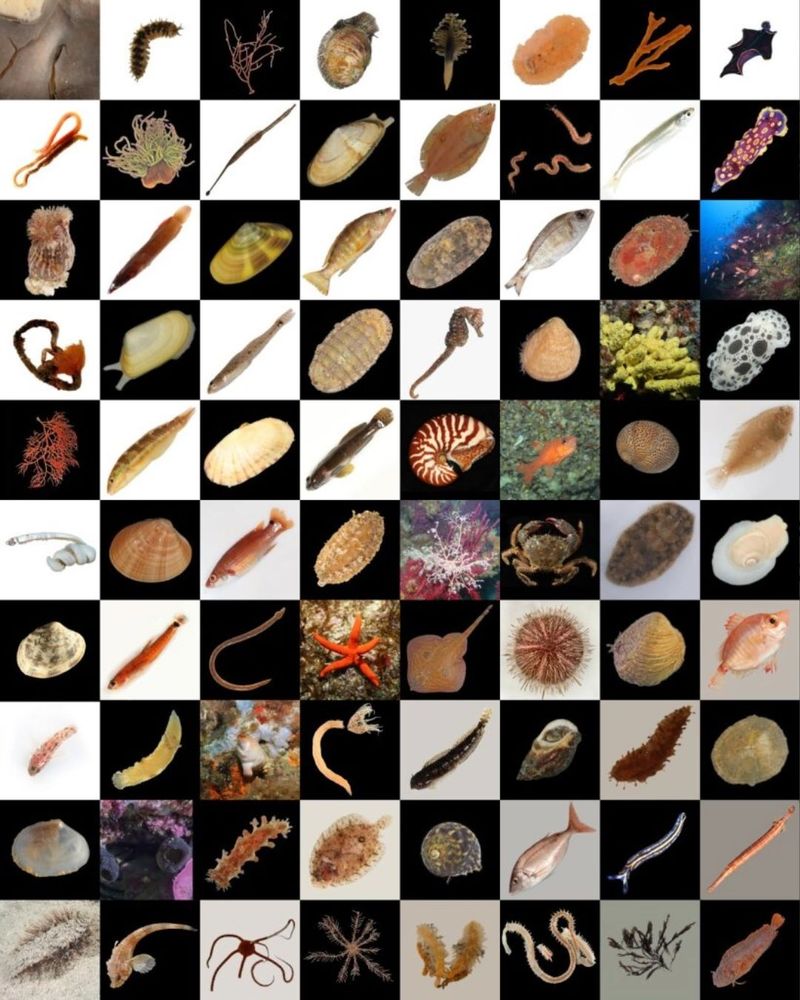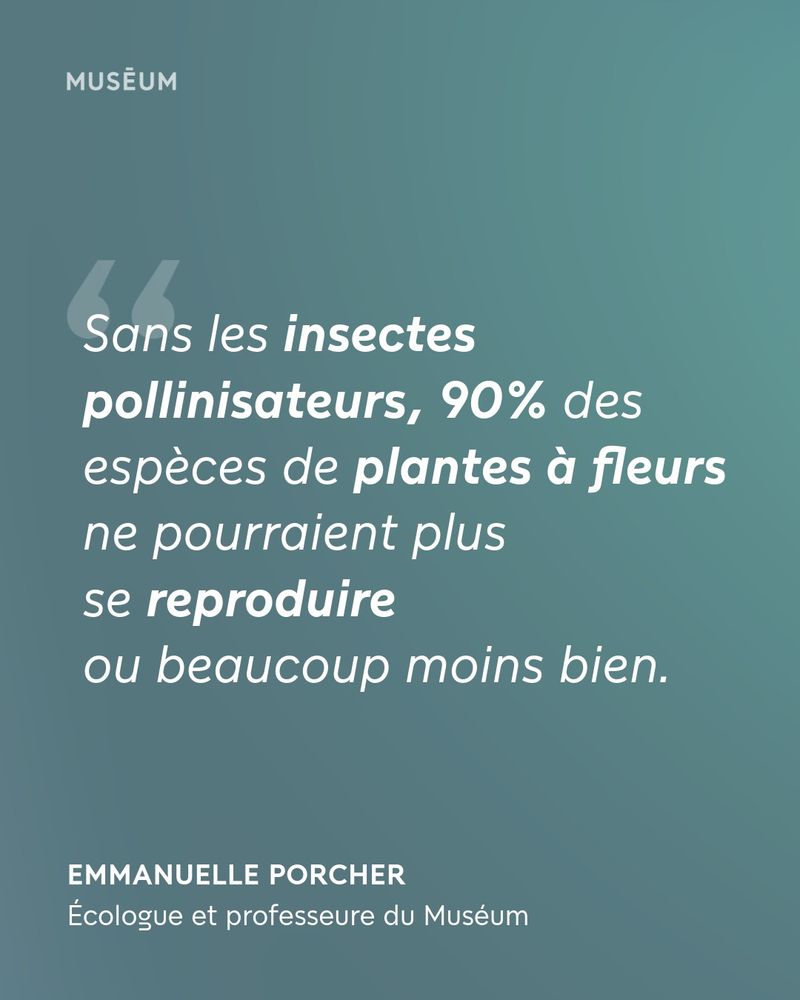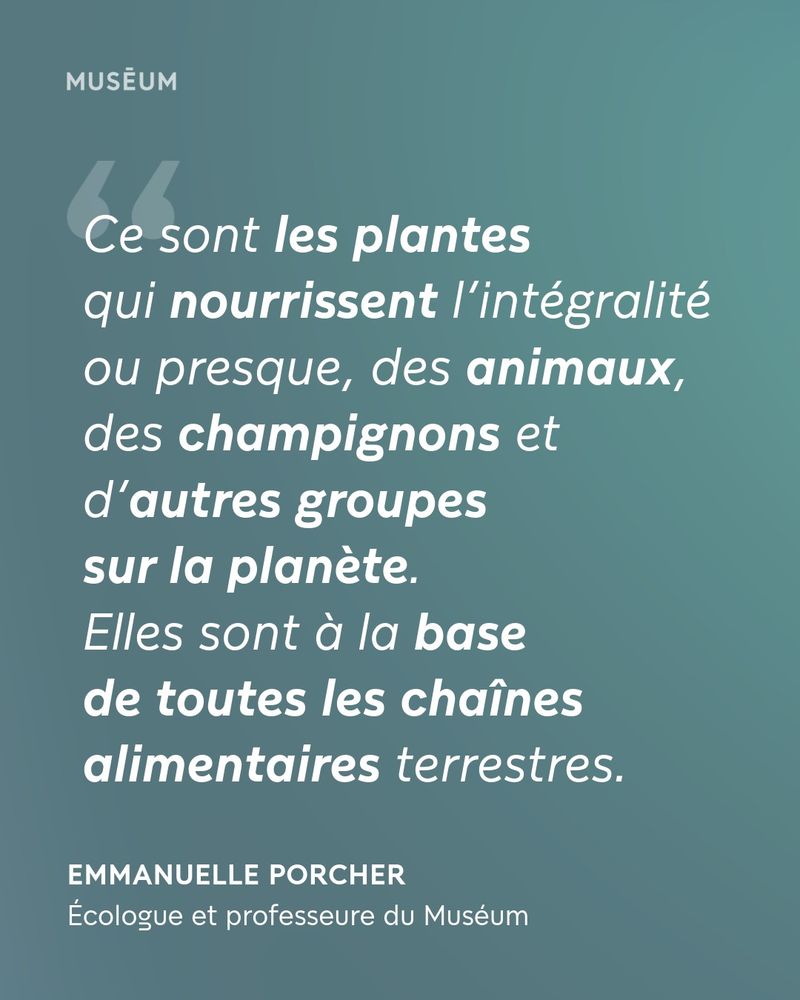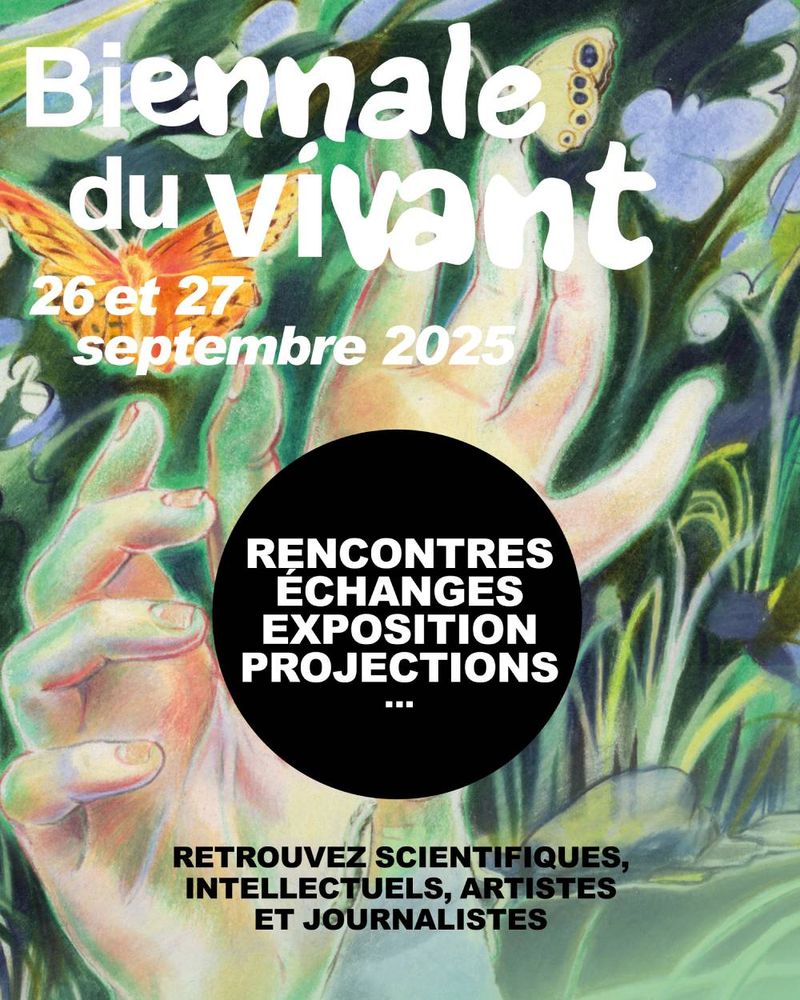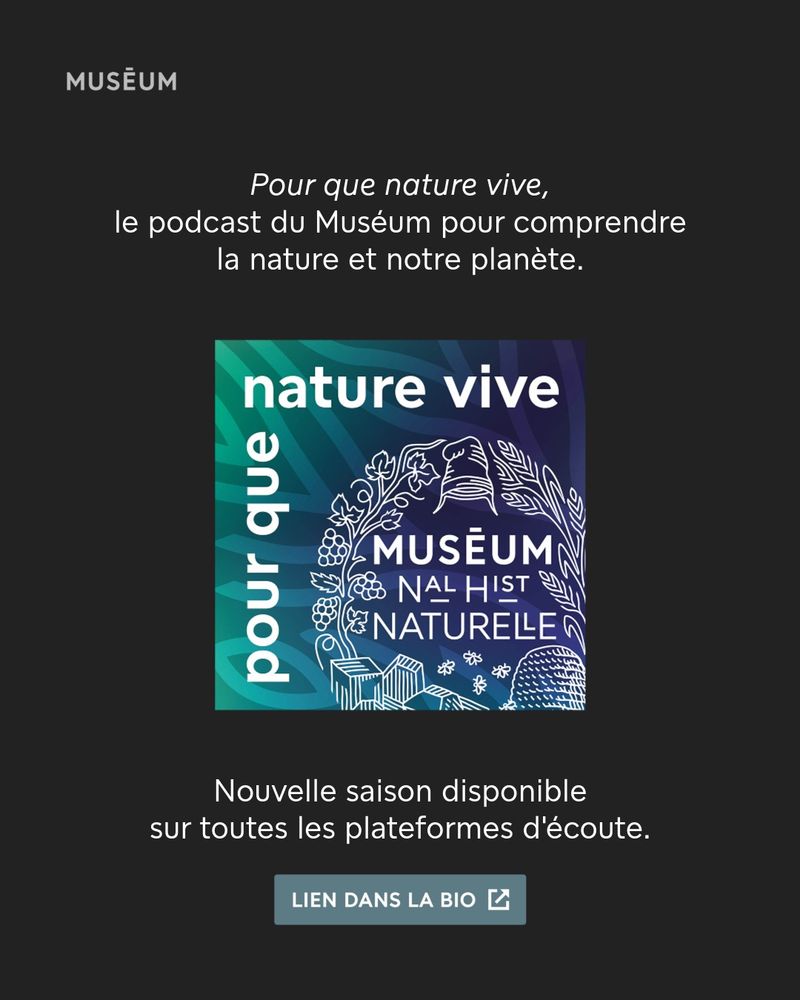Science & recherche au Muséum
@recherche.mnhn.fr
1.1K followers
290 following
67 posts
L’actualité scientifique des + 1.000 femmes et hommes qui font la recherche au Muséum (@mnhn.fr) et au Musée de l'Homme (@museedelhomme.fr) dans 16 unités de recherche.
3 départements : Adaptations du vivant, Homme & Environnement, Origines & Évolution
Posts
Media
Videos
Starter Packs
Reposted by Science & recherche au Muséum
Reposted by Science & recherche au Muséum
Reposted by Science & recherche au Muséum
Reposted by Science & recherche au Muséum
Reposted by Science & recherche au Muséum
ISYEB
@isyeb.mnhn.fr
· 6d

Le territoire sonore des oiseaux : une exploration scientifique et poétique
Depuis les profondeurs des temps jusqu'à la richesse actuelle de leurs chants, plongée dans les mystères des mondes aviaires. La philosophe Vinciane Despret et les scientifiques Jérôme Sueur et Grégoi...
www.radiofrance.fr
Reposted by Science & recherche au Muséum
Reposted by Science & recherche au Muséum
Reposted by Science & recherche au Muséum
Reposted by Science & recherche au Muséum
Reposted by Science & recherche au Muséum
ISYEB
@isyeb.mnhn.fr
· 14d

Functional profiles and organochlorine degradation potential in microbial communities of tropical epilithic biofilms: a case study in Guadeloupe (Lesser Antilles)
This study investigates the composition, structure, and predictive associated functions of epilithic bacteria living in the biofilms of a freshwater (FWR) and a mixed-saline (MSR) tropical river. High...
doi.org
Reposted by Science & recherche au Muséum
Reposted by Science & recherche au Muséum
Reposted by Science & recherche au Muséum
Reposted by Science & recherche au Muséum
BOREA
@borea.mnhn.fr
· 22d
Offre de sujet de thèse | Etude expérimentale de l’effet du ‘priming effect’ sur le carbone sédimentaire dans les mangroves | Laboratoire de biologie des organismes et des écosystèmes aquatiques
Offre de thèse : Etude expérimentale de l’effet du ‘priming effect’ sur le carbone sédimentaire dans les mangroves
borea.mnhn.fr
Reposted by Science & recherche au Muséum
ISYEB
@isyeb.mnhn.fr
· 22d


